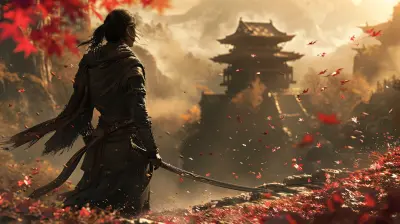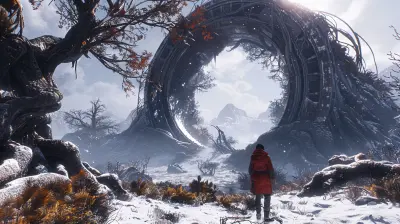Exploring the Art of Grinding in Classic JRPGs
7 October 2025
Grinding. Just the word is enough to conjure flashbacks for any seasoned JRPG fan. You know the scene: a dimly lit dungeon, the same battle theme looping on repeat, and your party slowly—painfully—leveling up, one slime at a time.
It’s a rite of passage, a badge of honor, and sometimes a huge pain in the pixelated behind. But let’s be honest—grinding is baked into the DNA of classic Japanese Role-Playing Games (JRPGs). Love it or loathe it, grinding isn't just “a thing you do,” it's an art form in its own right.
So, grab your controller, sharpen that digital sword, and let’s dive deep into the world of grinding—why we do it, how we do it, and why it still holds a strange, nostalgic charm today.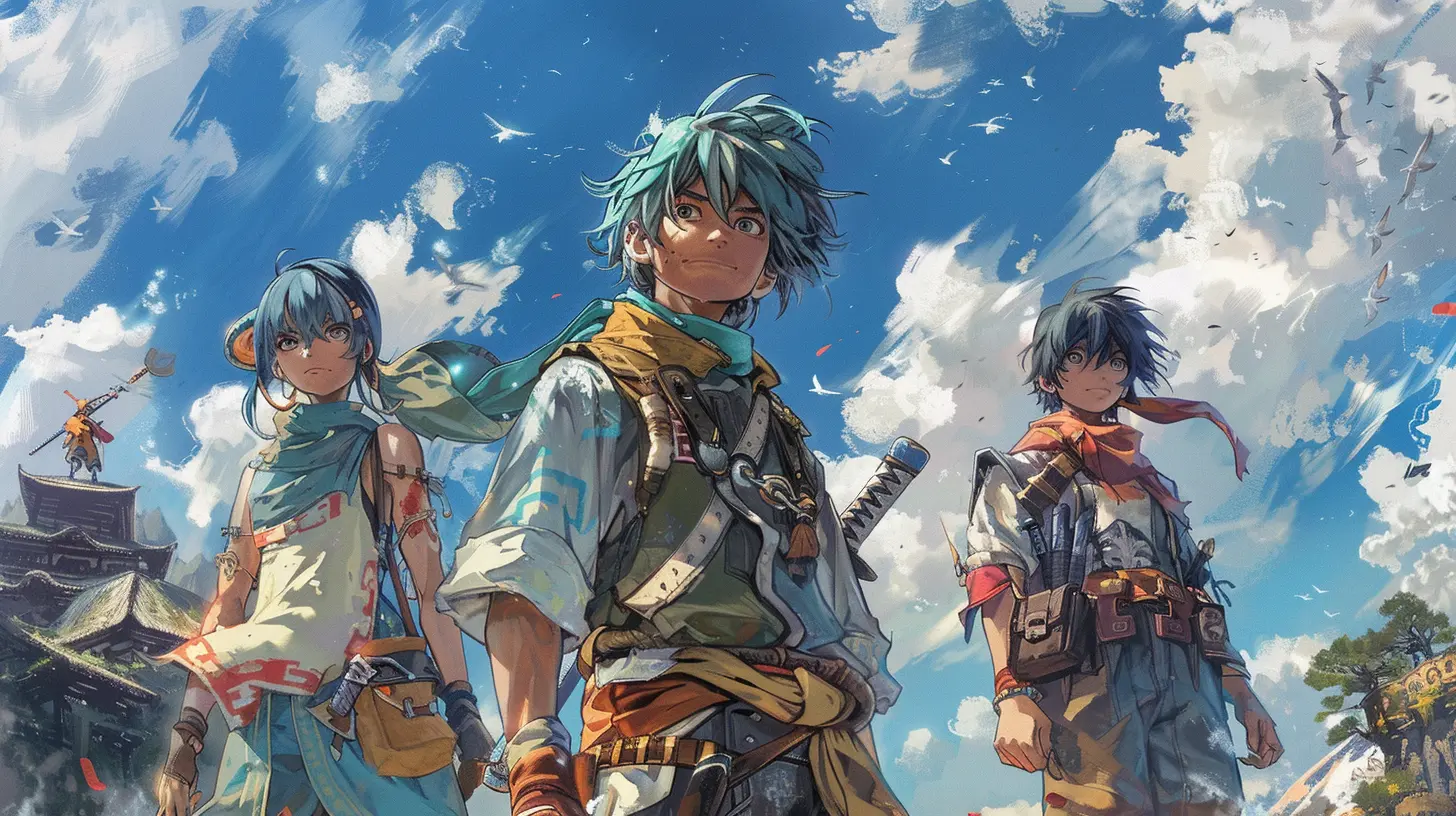
What Exactly is “Grinding” in JRPGs?
Let’s break it down. Grinding means repeatedly fighting enemies to boost your characters’ levels, earn gold, or collect rare items. It’s not always fun, but it's almost always necessary—especially in the old-school JRPGs that built their reputations on challenge and dedication.Think of it like weightlifting for your party. You're not going to beat that endgame boss looking like a level 12 noodle-armed hero. You need that battle experience, baby.
It's not about mindless repetition (okay, sometimes it is), but more about preparation, determination, and building up that sweet, sweet XP.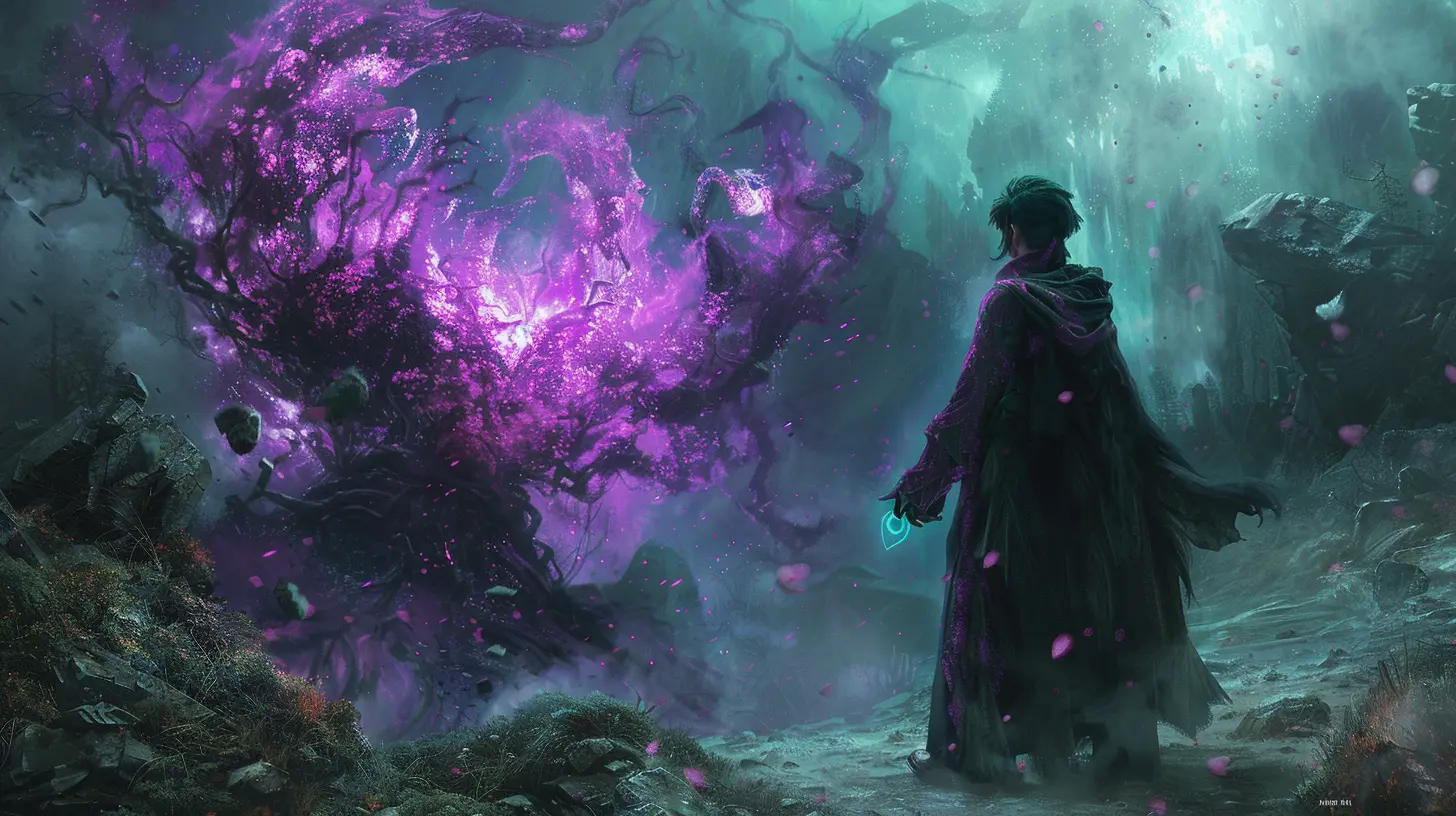
Why Classic JRPGs Made Grinding a Core Mechanic
Back in the ‘80s and ‘90s, JRPGs like Dragon Quest, Final Fantasy, and Phantasy Star didn’t hold your hand. They practically threw you into the wild and said, “Survive.”That minimalist approach bred grind-heavy design choices. But why?
Limited Hardware = Limited Options
Early game consoles couldn’t handle complex graphics, AI, or dynamic storytelling. So developers filled the gap with strategic combat systems and progression. Grinding was a clever way to add game length and challenge without needing more memory space.A Reflection of Japanese Game Philosophy
Classic JRPGs mirrored traditional Japanese values: perseverance, discipline, and growth over time. Grinding encouraged players to master a system, not just rush through it. In some strange sense, the grind became the journey.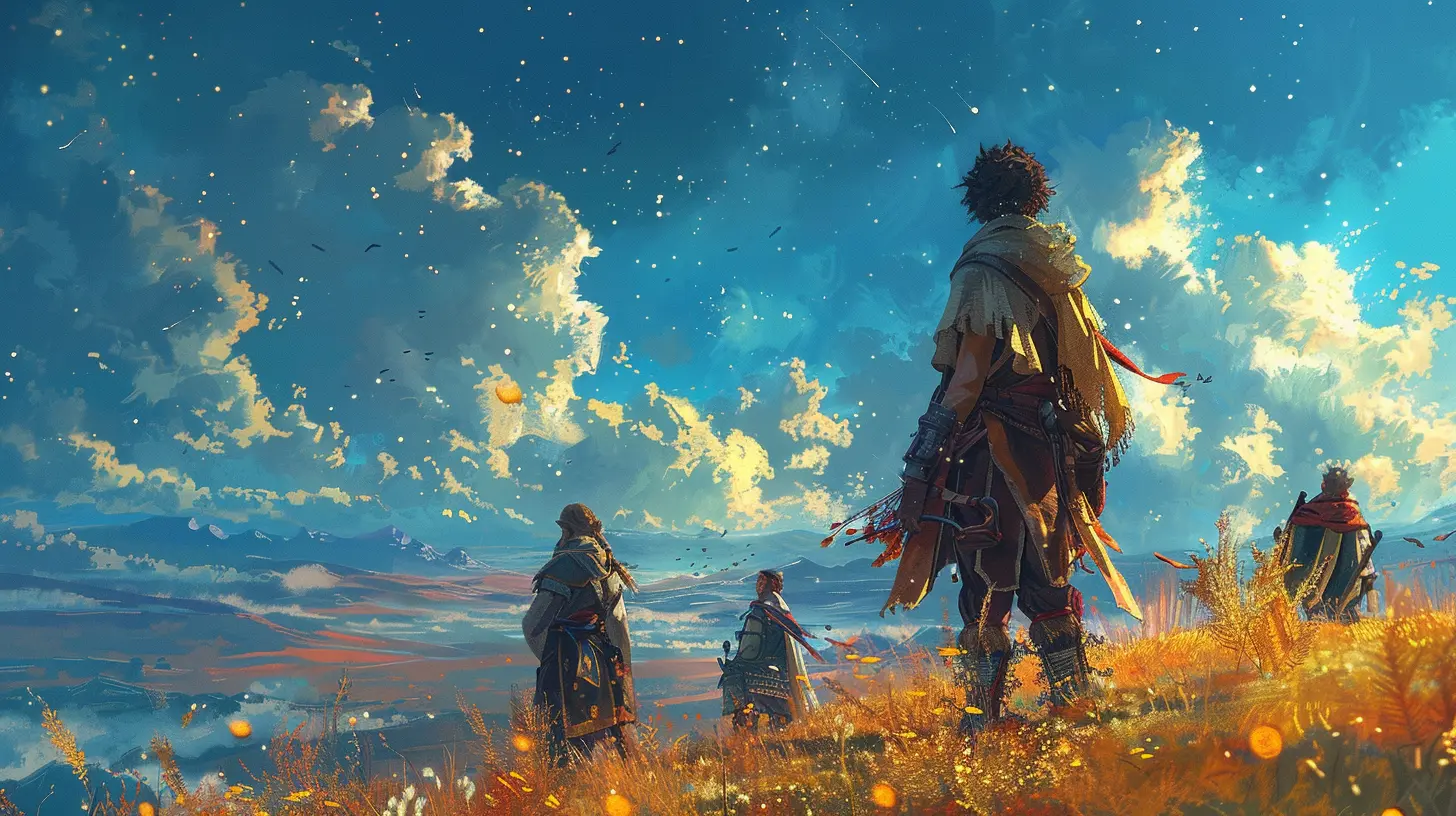
The Good, the Bad, and the Beautifully Tedious
Let’s not kid ourselves. Grinding isn’t always glorious. But it’s not all doom and gloom either.The Good: That Incredible Power Spike
There’s something satisfying—almost euphoric—about watching your underdog party become unstoppable titans. Remember that boss who wiped the floor with you 3 hours ago? Now you’re slicing through them like butter. That’s the grind payoff.Grinding creates a satisfying power curve. It rewards patience and lets you feel just plain awesome.
The Bad: Mind-Numbing Repetition
But let’s be real—grinding can get hella boring. You’ve been in the same forest for hours, listening to the same soundtrack, fighting palette-swapped wolves.It can feel like you’re playing a game inside the game... a game called “Let’s Not Fall Asleep.”
The Beautifully Tedious: A Meditative Routine
Still, for many, grinding becomes almost Zen-like. You throw on a podcast, relax, and fall into a rhythm. It’s repetitive, sure, but there’s a weird comfort in it. It’s like knitting a scarf—you do the same thing over and over, but eventually, you make something amazing.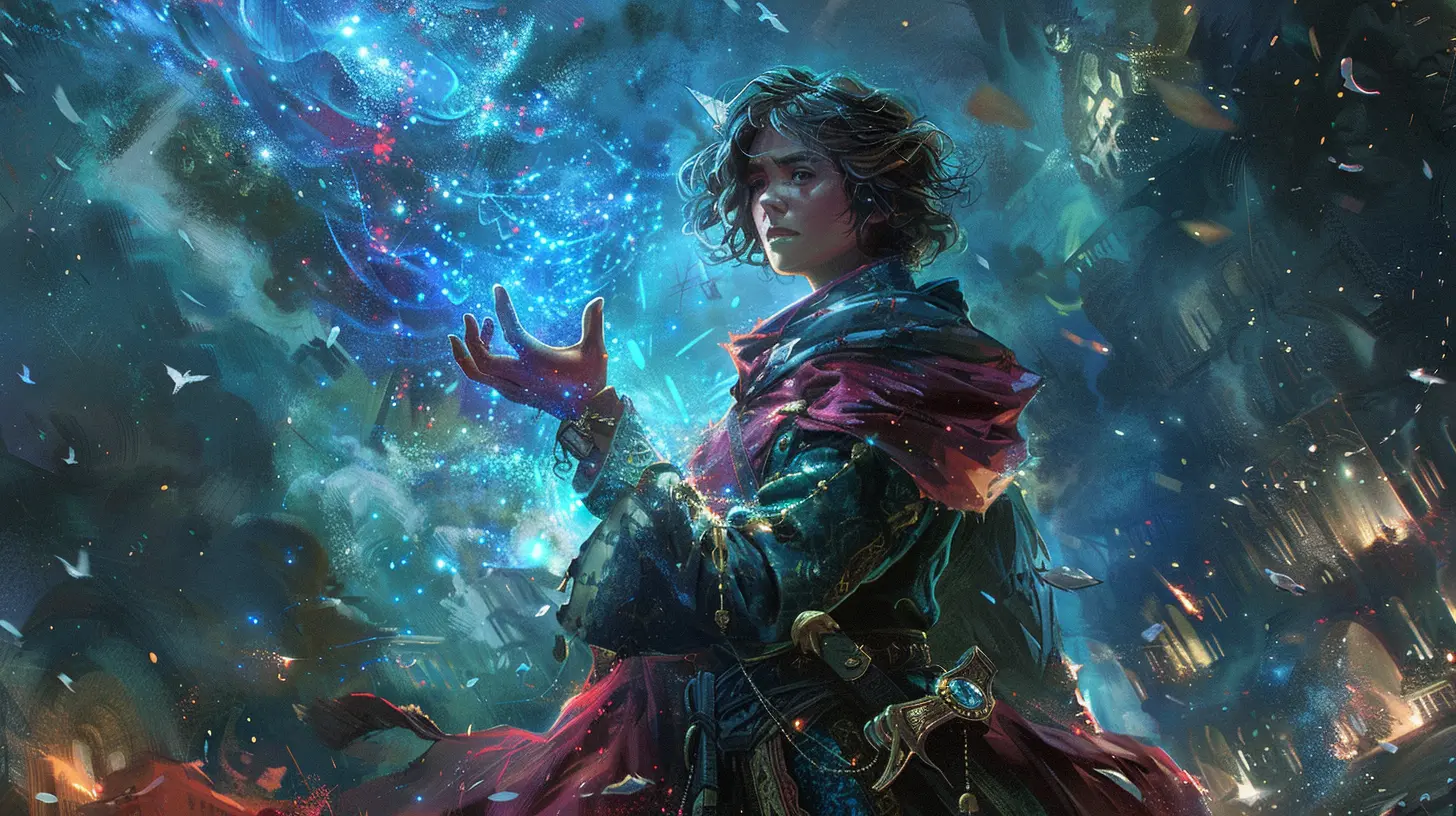
Legendary Grind-Fests in JRPG History
Some JRPGs became infamous for their brutal grind requirements. Let’s look at a few titles that defined the genre’s grind culture.Dragon Quest (1986)
The OG. This game practically invented the grind. You had to grind for hours just to survive the first dungeon. And fans loved it. The challenge added to the charm.Final Fantasy IV
Remember trying to beat Zeromus without leveling up? Yeah, good luck with that. Grinding was practically mandatory unless you were a tactical genius. And even then, you probably still grinded.Xenogears
An ambitious masterpiece, but you’d better like grinding. Especially for those late-game bosses with HP bars longer than your summer vacation.EarthBound
It’s quirky and adorable, but don’t let the aesthetic fool you. Grinding is real here—especially in those final stretches.Grinding Isn’t Dead—It Just Evolved
Modern JRPGs have tried to sidestep the grind, but let’s face it: it never really went away.Auto-Battle Systems
Games like Bravely Default and Persona 5 introduced auto-battle options. You still grind, but now you can do it while sipping coffee or scrolling TikTok. Efficiency, baby!Boosted XP and Fast Travel
Developers started slipping in quality-of-life features to make grinding less soul-crushing. XP multipliers, item drops, and fast travel all try to keep the rhythm moving.Optional Grinding
Some games make grinding optional but rewarding. Octopath Traveler lets you overlevel if you want—but doesn’t make it a necessity. That freedom can be a breath of fresh air.Grinding Strategies: How to Do It Without Losing Your Mind
Want to make the grind more bearable—or even enjoyable? Here’s how the pros do it.1. Choose the Right Spot
Not all areas are created equal. Find zones with high XP output and low-risk enemies. It’s about maximizing gains while minimizing time and effort.2. Use Buffs and Equipment
Gear isn’t just for battle—it can boost how fast you grind. Look for items that increase XP gain, reduce encounter rates (or raise them, depending on your goal), and conserve resources.3. Mix It Up
Don’t just spam attack. Try new strategies, experiment with party setups, and train underused characters. It keeps things spicy.4. Stack Side Quests
Knock out grind and side missions at the same time. You’ll level up, snag loot, and check off tasks without doubling your playtime.5. Gamify the Grind
Set goals. Time yourself. Try to beat your previous efficiency. Adding a meta-game to your grind can transform the experience.Grinding and Storytelling: A Strange Relationship
Here’s the weird part: grinding slows down the story, but also enhances it.How? Because it’s time spent with your party. You learn their quirks, hear their battle cries a thousand times, and maybe—just maybe—form a strange bond.
Grinding gives you breathing room. After a major plot twist or emotional scene, it lets you process. It’s like a palate cleanser between courses in a fine meal.
In short, it turns pixels into people.
The Future of Grinding in JRPGs
Will grinding ever die? Honestly, probably not.It’s being streamlined, redefined, and polished—but the core idea of “earn your way to greatness” is too deeply ingrained in the genre.
And that’s okay. Because sometimes, grinding isn't about the destination—it’s about the countless battles along the way. The random encounters, the critical hits, the near-death comebacks. All those tiny moments build something big.
Final Thoughts: Grinding is What You Make It
At its worst, grinding can feel like a chore. But at its best? It’s a satisfying loop that rewards effort, strategy, and patience.The art of grinding in classic JRPGs isn't just about beating stronger enemies. It’s about becoming stronger yourself—learning systems, finding joy in the grind, and celebrating every level-up like a tiny victory.
So next time you're wandering through an old dungeon, sword in hand, soundtrack blaring, and XP bar slowly crawling upward—remember, you're not just grinding.
You're training to be a legend.
all images in this post were generated using AI tools
Category:
JrpgsAuthor:

Leandro Banks
Discussion
rate this article
1 comments
Merida McCray
What unique strategies have you discovered for grinding effectively in your favorite JRPG?
October 9, 2025 at 4:15 PM

Leandro Banks
One effective strategy I've found is to focus on specific areas with high-density enemy spawns while using buffs to enhance experience gain, such as the "Lucky" status. This maximizes efficiency and minimizes downtime. Additionally, using items that grant bonus experience can significantly speed up the grinding process.

